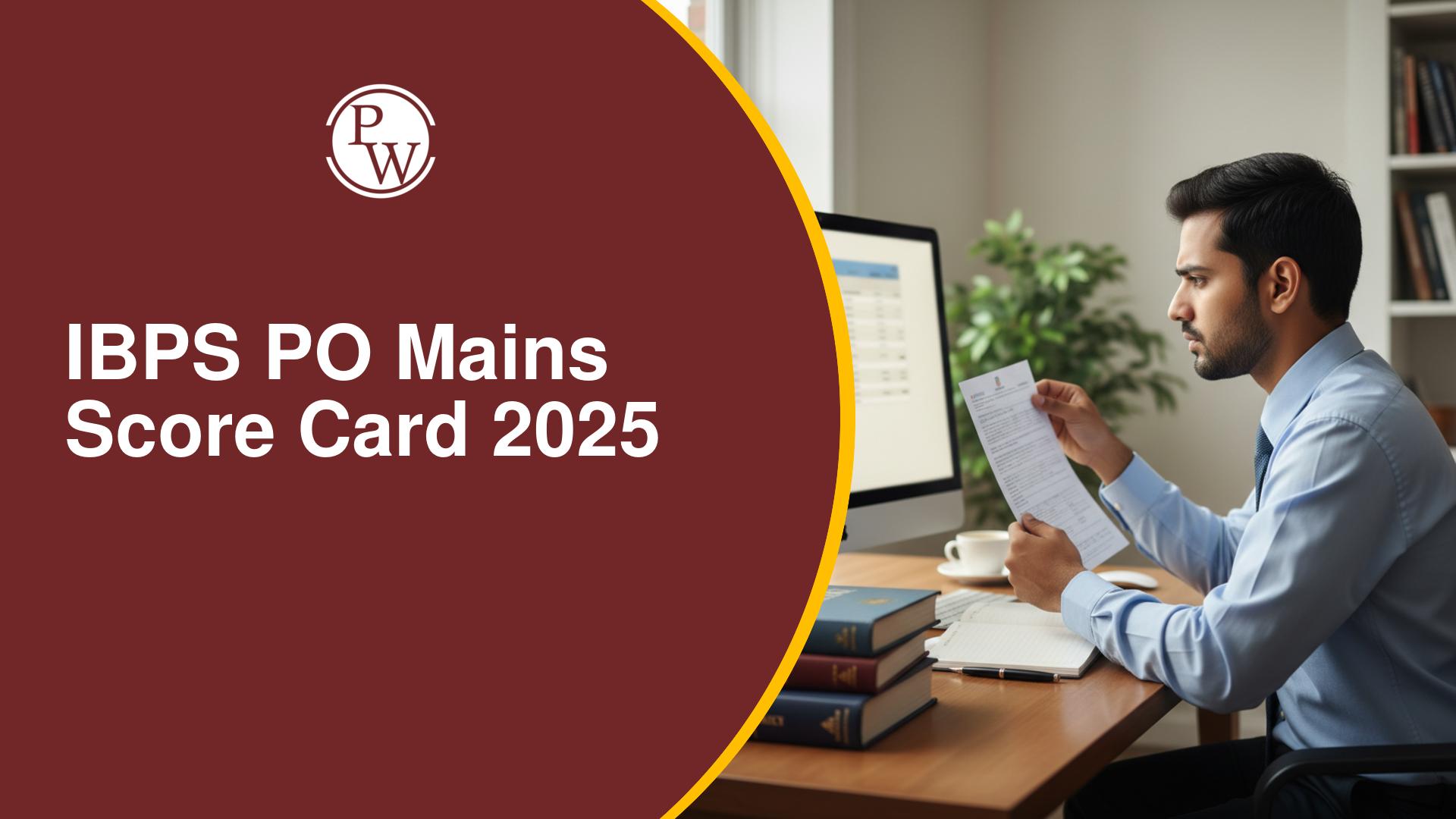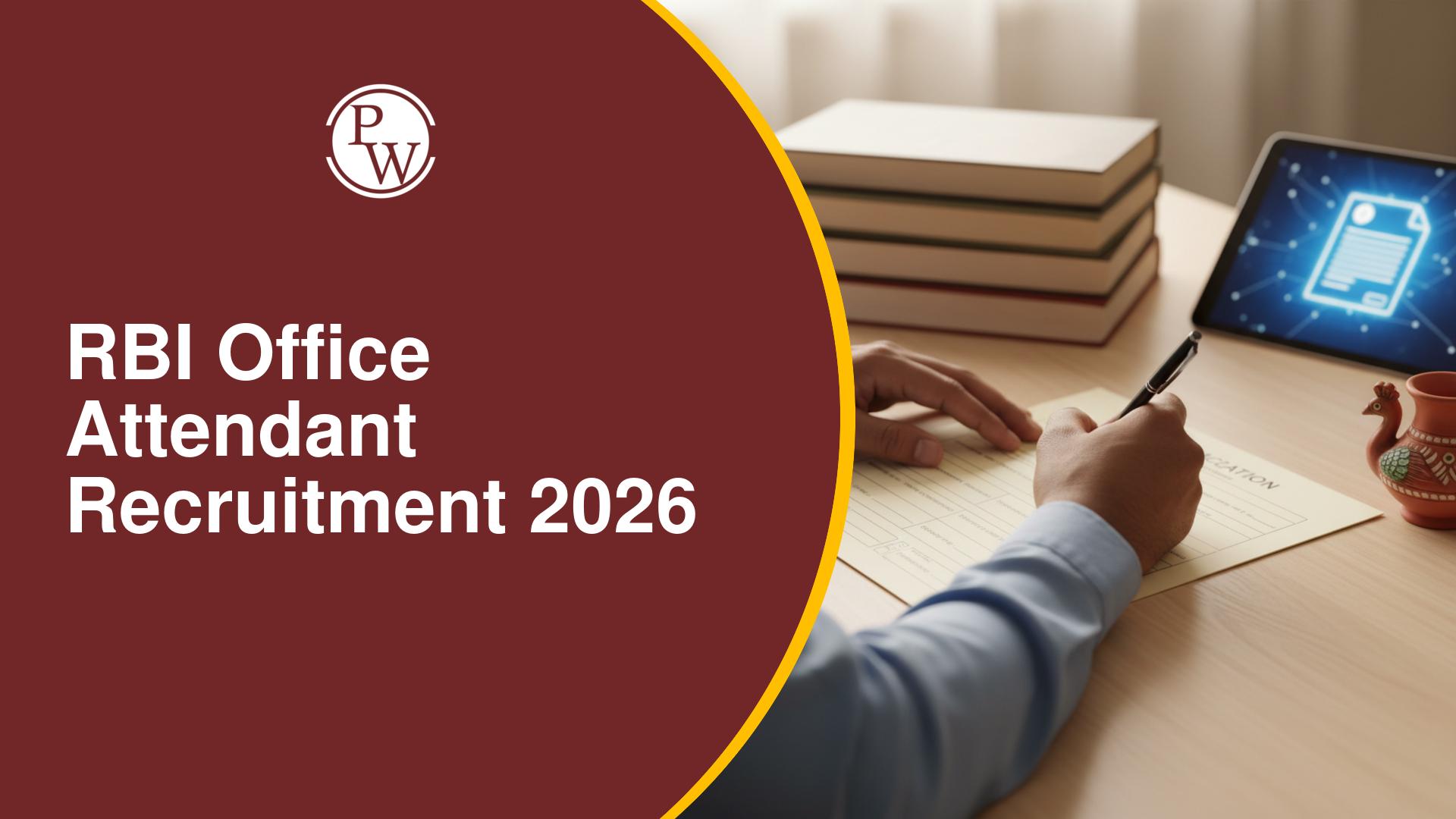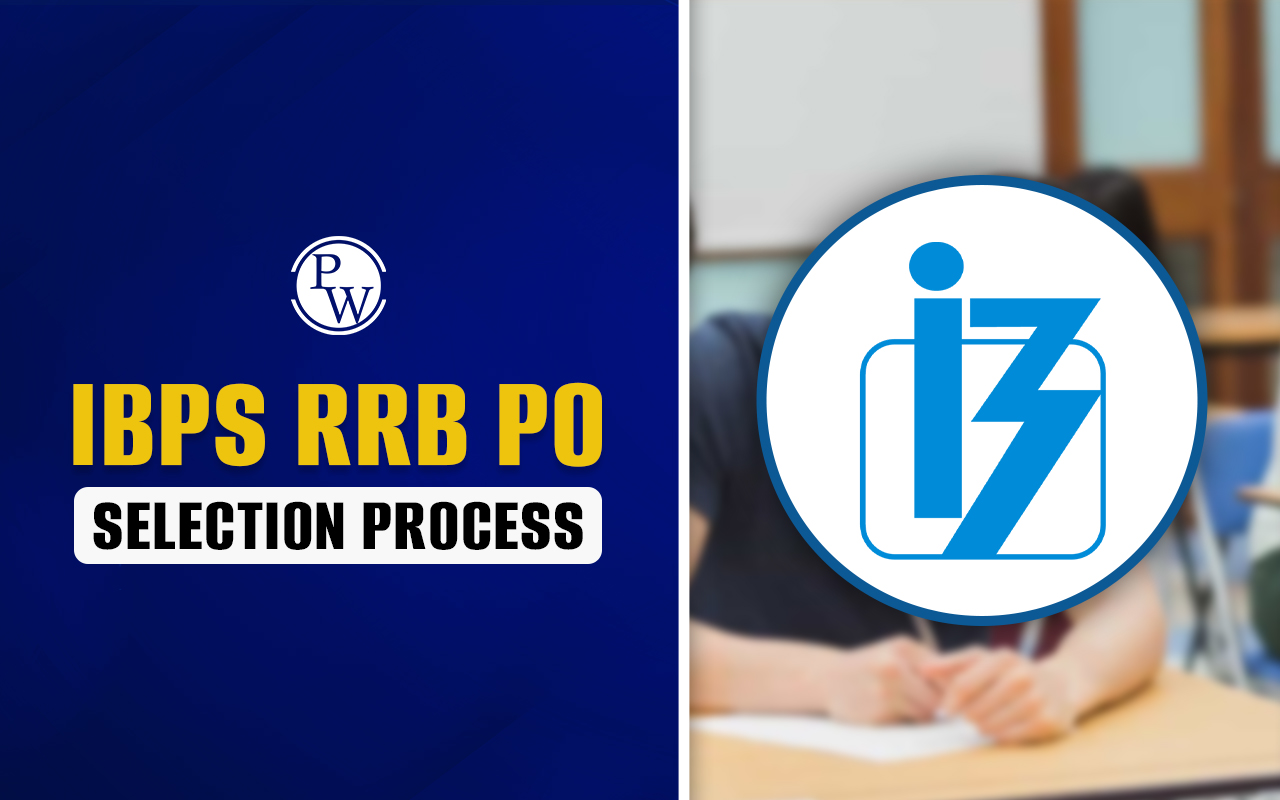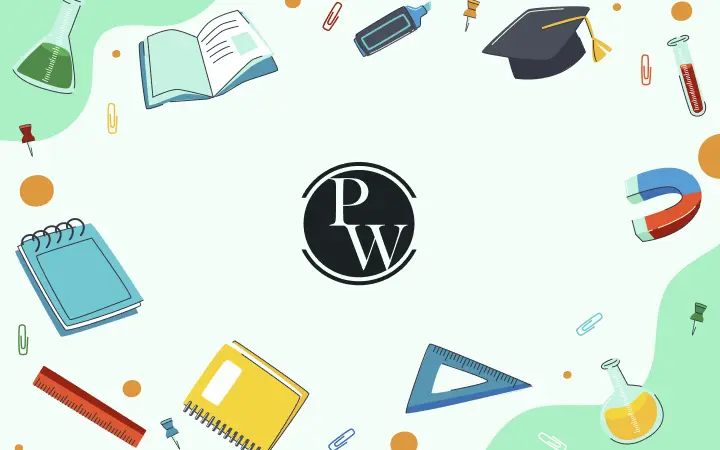
History of Banking in India
History of Banking in India: Banking is like the backbone of India's economic growth. As time has passed and technology has advanced, we've seen big changes in how banks are run to meet people's needs. Understanding the history of banking in India is crucial for practical purposes and competitive exams. It forms the basis for the country's economic development. Over the years, the banking system has seen significant changes and improvements to meet the evolving needs of the people. This history is especially important for banking awareness topics in bank exams.
Banking services have been around in India since ancient times, but the organized form we know today started after India gained independence in 1947. Even before the British era, various banking activities took place, though not in an organized way. When the British arrived in the 17th century, the foreign banking system began to decline. The first European Bank, the Bank of Hindostan, was established by Mayer’s Alexander and Company in 1770.
In this article, we'll take a close look at how banking in India has changed and evolved over the years.
What is a Bank?
According to the Banking Companies Act of 1949, a bank is a place that offers financial services to people. It's like a hub for various money-related tasks. Typically, a bank is seen as a place that gives out loans and takes in deposits from customers.
Evolution of Banking in India
The growth of the banking sector happened in three main phases:
- Pre-Independence Phase (1770-1969): This is when banking started to take shape.
- Post-Independence / Nationalisation Phase (1969-1991): The government took control of some major banks during this time.
- Liberalisation and Reforms (1991-Present): Changes and improvements in banking started in 1991 and are still happening today.
History of Banking in India Pre-Independence Phase (1770-1969)
- Before India gained independence (1786-1947), the first bank, called the "Bank of Hindustan," was established in 1770 in Calcutta. Unfortunately, this bank faced difficulties and stopped operating in 1832.
- During this time, over 600 banks were registered in India, but only a handful survived. Some of the early banks were the General Bank of India (1786-1791), Oudh Commercial Bank (1881-1958), Bank of Bengal (1809), Bank of Bombay (1840), and Bank of Madras (1843).
- Under British rule, the East India Company set up three banks known as the Presidential Banks: Bank of Bengal, Bank of Bombay, and Bank of Madras. In 1921, these were merged into one bank called the "Imperial Bank of India." Later, in 1955, this bank was nationalized and became The State Bank of India, which is now the largest public sector bank in the country.
- Other banks established during the pre-independence period include Allahabad Bank (1865), Punjab National Bank (1894), Bank of India (1906), Central Bank of India (1911), Canara Bank (1906), and Bank of Baroda (1908).
- Several factors contributed to the failure of many banks during this period, such as fraud by account holders, lack of technology, human errors, time-consuming processes, fewer facilities, and inadequate management skills.
- Following the pre-independence period, significant changes occurred in the banking industry during the post-independence period, leading to its development over the years.
History of Banking in India Post Independence Period (1947-1991)
- When India gained independence, most of the country's major banks were privately owned. This posed a problem because people in rural areas still had to rely on money lenders for financial help.
- To address this issue, the government at that time decided to nationalize the banks. This was done through the Banking Regulation Act of 1949. The Reserve Bank of India was also nationalized in 1949.
- In 1955, the State Bank of India was formed, and between 1969 and 1991, 14 other banks were nationalized. These were banks with national deposits exceeding 50 crores.
The list of the 14 banks nationalized in 1969 includes:
- Allahabad Bank
- Bank of India
- Bank of Baroda
- Bank of Maharashtra
- Central Bank of India
- Canara Bank
- Dena Bank
- Indian Overseas Bank
- Indian Bank
- Punjab National Bank
- Syndicate Bank
- Union Bank of India
- United Bank
- UCO Bank
In 1980, an additional 6 banks were nationalized, bringing the total to 20. These banks were:
- Andhra Bank
- Corporation Bank
- New Bank of India
- Oriental Bank of Commerce
- Punjab & Sind Bank
- Vijaya Bank
Besides these 20 banks, seven subsidiaries of SBI (State Bank of India) were nationalized in 1959. These were later merged with the State Bank of India in 2017, except for the State Bank of Saurashtra, which merged in 2008, and the State Bank of Indore, which merged in 2010.
Note: Regional Rural Banks (RRBs) were established in India in 1975 for the development of rural areas.
Also Check out – PW Skills BFSI Certification Online Course and take the first step toward a career in banking and financial services.
Nationalization of Banks Impact
Nationalizing banks had several positive effects on India. Here's how it made a difference:
- More Money, Better Economy: By nationalizing banks, the government brought in more funds. This, in turn, improved the country's economic condition.
- Increased Efficiency: The move made banks more efficient in their operations.
- Boost for Rural Areas: Nationalization played a role in boosting the rural and agricultural sectors of the country.
- More Jobs: It created a significant number of job opportunities for people.
- Using Profits for the People: The government used the profits earned by banks to benefit the public.
- Reduced Competition, Improved Efficiency: With less competition, banks became more efficient in their work.
This post-independence phase marked significant progress in India's banking sector, bringing about important changes and improvements.
History of Banking in India Liberalization Period (1991-Present)
- After the banks were established in the country, it was important to keep an eye on them and have rules to make sure they keep making money. The last phase, or the one happening now, is very important for the development of the banking sector.
- To make sure government-owned banks stay stable and make money, the government formed a committee led by Shri. M Narasimham. This committee was in charge of making various changes in the Indian banking industry.
- One big change was allowing private banks in India. The RBI gave licenses to 10 private banks to start operating in the country. Some of these banks were Global Trust Bank, ICICI Bank, HDFC Bank, Axis Bank, Bank of Punjab, IndusInd Bank, Centurion Bank, IDBI Bank, Times Bank, and Development Credit Bank.
History of Banking in India Other Changes Included
- Allowing foreign banks to open branches in India
- No more nationalizing of banks could happen
- The committee said that both public and private banks would be treated the same by the RBI and the government
- Foreign banks could partner with Indian banks
- Payments banks were introduced with advances in banking and technology
- Small Finance Banks were allowed to open branches all over India
- A lot of Indian banking started happening online, with internet banking and apps for transferring funds
So, the history of banking in India shows that as time passed and people's needs changed, big improvements were made in the banking sector to help it grow. The evolution of the banking industry is still happening, and every day, there are new changes in the banking sector to make the country's economy better.
History of Banking in India Important things to know
- The banking sector is a crucial part of the Indian financial system
- Banking has played a big role in promoting business in both urban and rural areas in recent years
- Without the banking sector, the Indian economy might struggle
- Over the past three decades, the Indian banking system has achieved many significant things
- Non-Performing Assets (NPAs) increased after 2011 following a steady decline in the 2000s.
| History of Banking in India Other Related Links | |
| Bank Types in India | Modern Banking System |
History of Banking in India FAQs
Which is the first bank in India to?
Who is the father of banking in India?
When was Bank of India founded?
Who found first bank of India?
Who started bank in India?









